Physio Baby Ltd
SERVICES
SERVICES
No matter what your question or concern may be, we have a team of highly specialist paediatric physiotherapists to help you.
Preparing for Parenthood
How I can help you

Service #1
Your Paragraph text goes Lorem ipsum dolor sit amet, consectetur adipisicing elit.

Service #2
Your Paragraph text goes Lorem ipsum dolor sit amet, consectetur adipisicing elit.

Service #3
Your Paragraph text goes Lorem ipsum dolor sit amet, consectetur adipisicing elit.
LEARN MORE
MY APPROACH
Suspendisse pulvinarm etus vitae finibus interdum
Lorem ipsum dolor sit amet, consectetur adipiscing elit praesent ut neque ipsum mauris sit amet urna consectetur
Your Paragraph text goes Lorem ipsum dolor sit amet, consectetur adipisicing elit. Autem dolore, alias, numquam enim ab voluptate id quam harum ducimus cupiditate similique quisquam et deserunt, recusandae Lorem ipsum dolor sit amet, consectetur adipiscing elit.
Need help preparing yourself and your home for your baby's arrival? We can advise on:
What equipment is helpful and what is harmful to your baby's development.
What to expect of a baby’s daily “routine” in the early weeks.
How to encourage sleep and establish sleep routines.
How to provide appropriate sensory stimulation for your baby.
Strategies and techniques to incorporate safe tummy time.
Swaddling techniques.
Bathing advice.

Newborn Concerns:
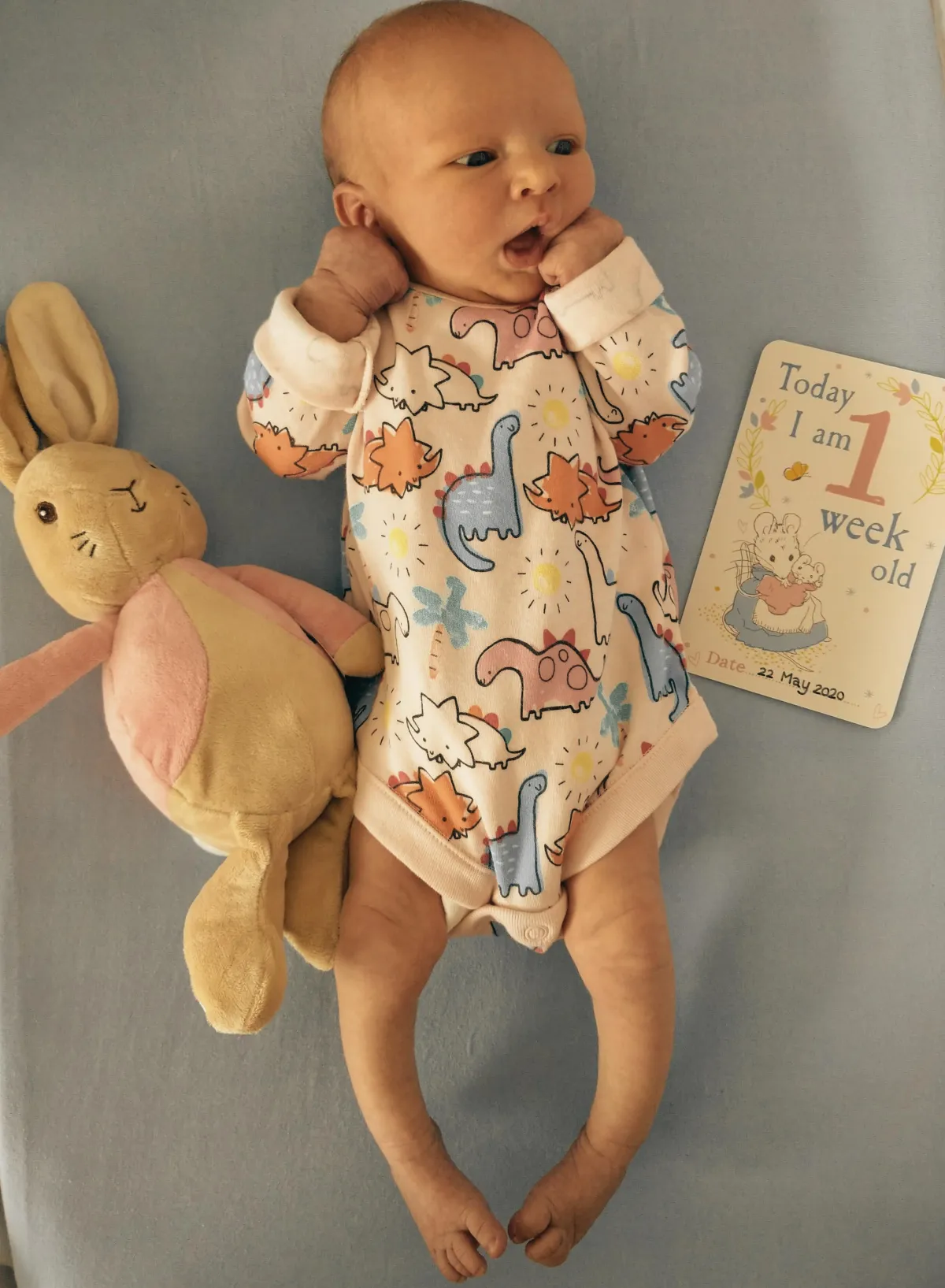
Have your baby assessed for any concerns you or your health visitor may have:
Does your baby prefer to look to one side more than the other?
Flattening on the back of your baby’s head or an asymmetrical head shape.
Are your baby’s feet and lower legs excessively curved (positional talipes)?
Do you have an concerns regarding your baby’s sleep, development or excessive crying?
Toddlers and Beyond
Have a physiotherapist assess and treat your child for any of the following:
Irregular walking patterns including in-toeing or tip toe walking
Regular falls
Delayed Milestones
Hypermobility and “Growing Pains”
Chest physiotherapy
Neurodevelopmental physiotherapy (including Bobath therapy) for children with diagnoses of Developmental Delay and all neurological conditions.
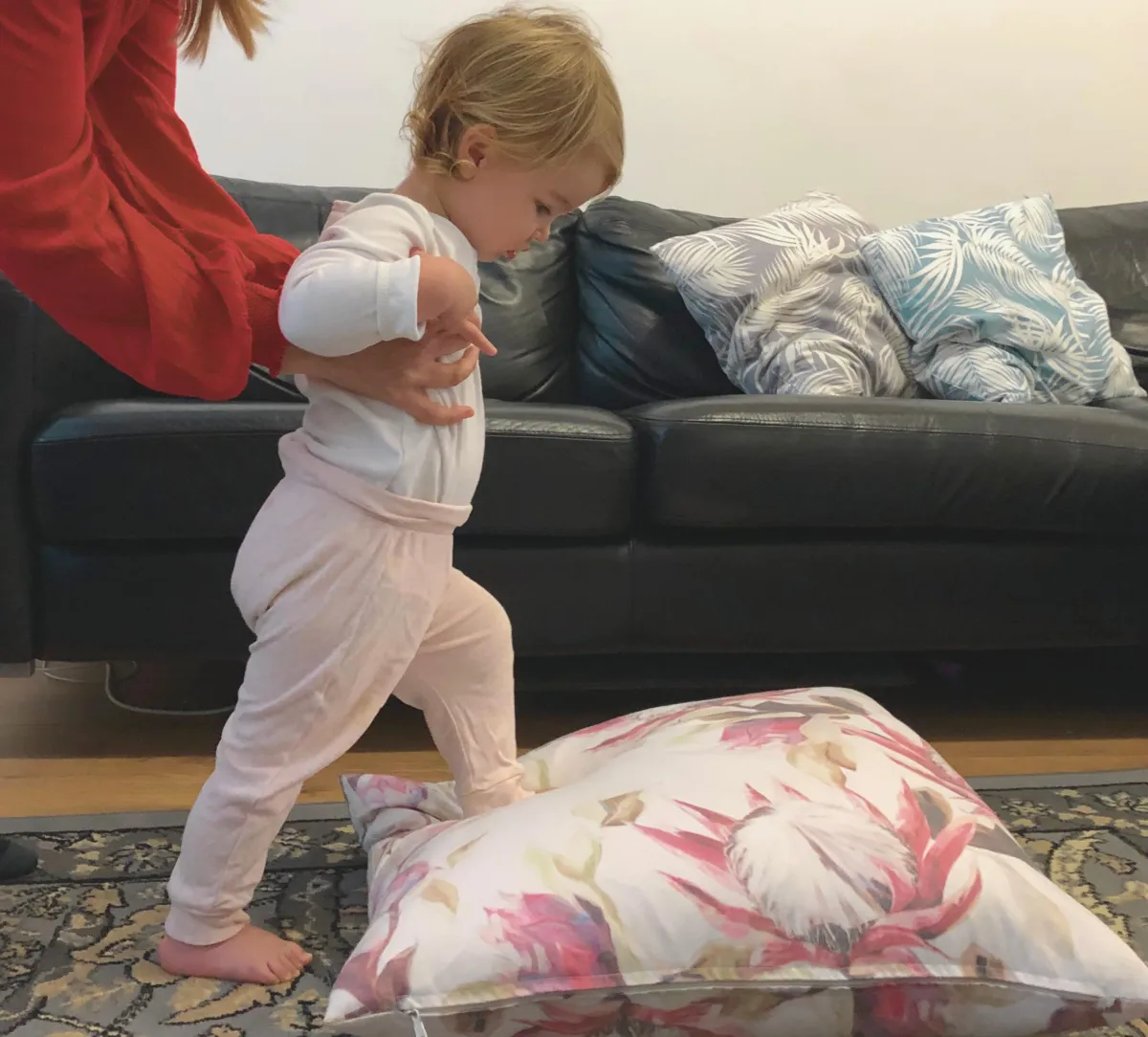
Some of the conditions we can help with:
Baby Flat Head Syndrome
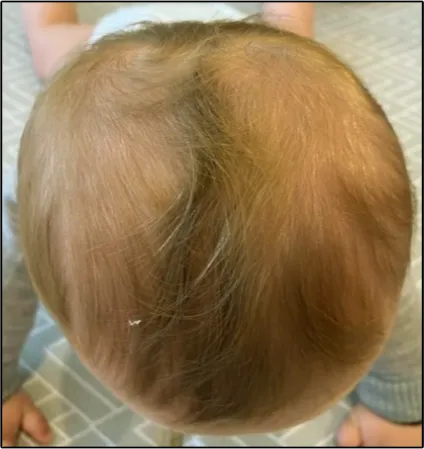
Flattening across the back of the head or on one side of the head is very common these days - now that we know it is safer to put our babies to sleep on their backs.
Positional Talipes

If your baby's feet are very turned inwards they may have Positional Talipes. This is also known as Positional Clubfoot and can easily be treated at home (unlike Structural Talipes).
Torticollis
Torticollis
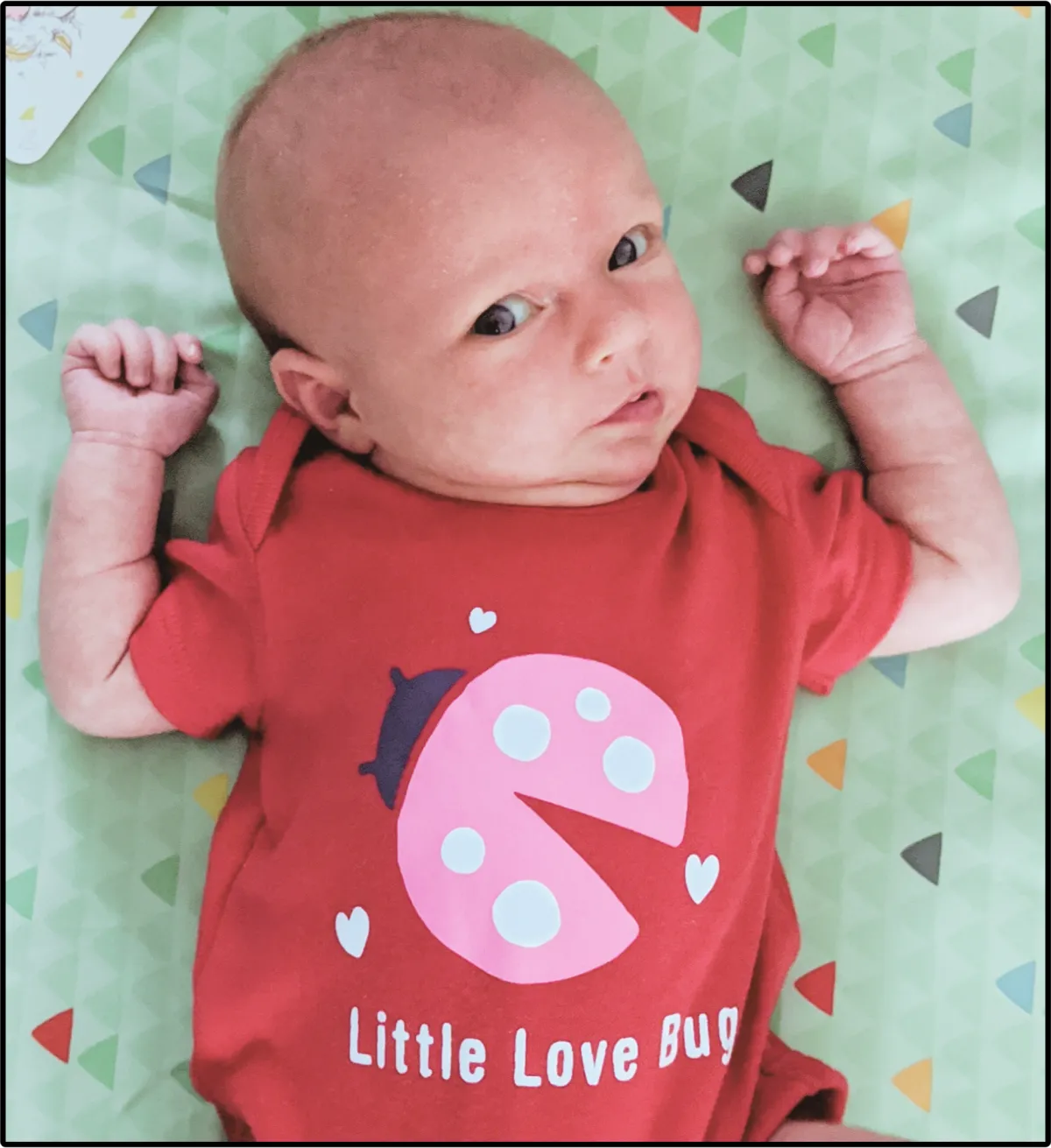
If your baby looks to one side more than the other, they may have Torticollis. This means there is tightness in their neck muscles which can lead to flattening on one side of their head.
Delayed Development

If your baby is taking a little longer to reach their milestones, book a consultation for tailor-made advice on how to stimulate their development. This can be a remote session or a home visit by one of our specialist paediatric physiotherapists (within the greater London area).
Joint Hypermobility
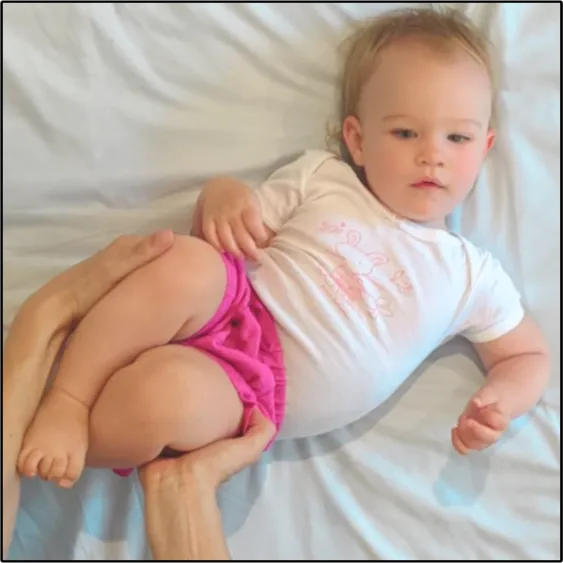
Hypermobility, also known as being double-jointed, flexible or super-bendy(!) can delay your baby's physical development.
Chat to us to get sound advise on how to best support your baby.
Neuro-Physiotherapy

Does your child have a neurological diagnosis?We provide home visits giving regular neurodevelopmental physiotherapy in the greater London area.
We can also help with EHCP Appeal Reporting and Tribunal Representation.

FREE DOWNLOAD
Heard conflicting advice about swaddling?
Download our free swaddling video to get clear information about whether swaddling is helpful or harmful for our babies, how to swaddle them properly and when to stop!
Testimonials

We were blessed to find you, with the treatment Alex received from you, he managed to recover from a quite severe torticollis in only two months! I would highly recommend you to anyone who’s children suffer from a similar diagnosis. We also no longer require the helmet for the flat head as the treatment helped for that as well. Thank you so, so much!
- Anastasia and baby Alex
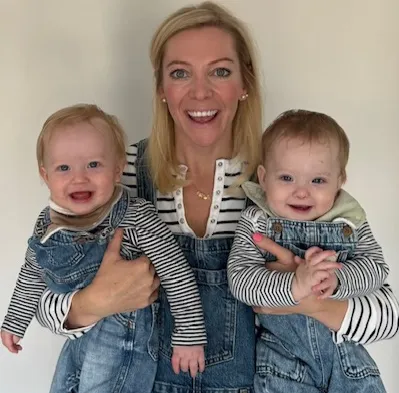
Lisa helped my twins in the first six months to overcome tightness and restricted movement in their necks. Given they’d been a little more compressed in the womb, Archie had a slight flat head. Lisa gave us practical tips to help support both their physical development and followed up every appointment with an easy-to-follow guide which is really helpful. l highly recommend Lisa.
- Karen and babies Archie and Olivia
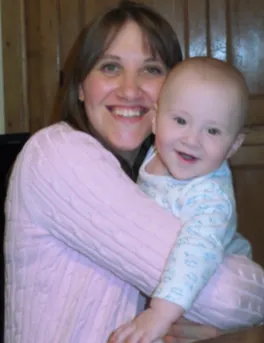
“We are very grateful for all of your help, without which his neck and head would not have improved to this extent.
Thank you once again for all of your help over the summer - he is a very happy little boy who smiles a lot!"
- Charlotte and baby William
© Copyright 2025 Physio Baby Ltd - Privacy Policy - Terms & Conditions
